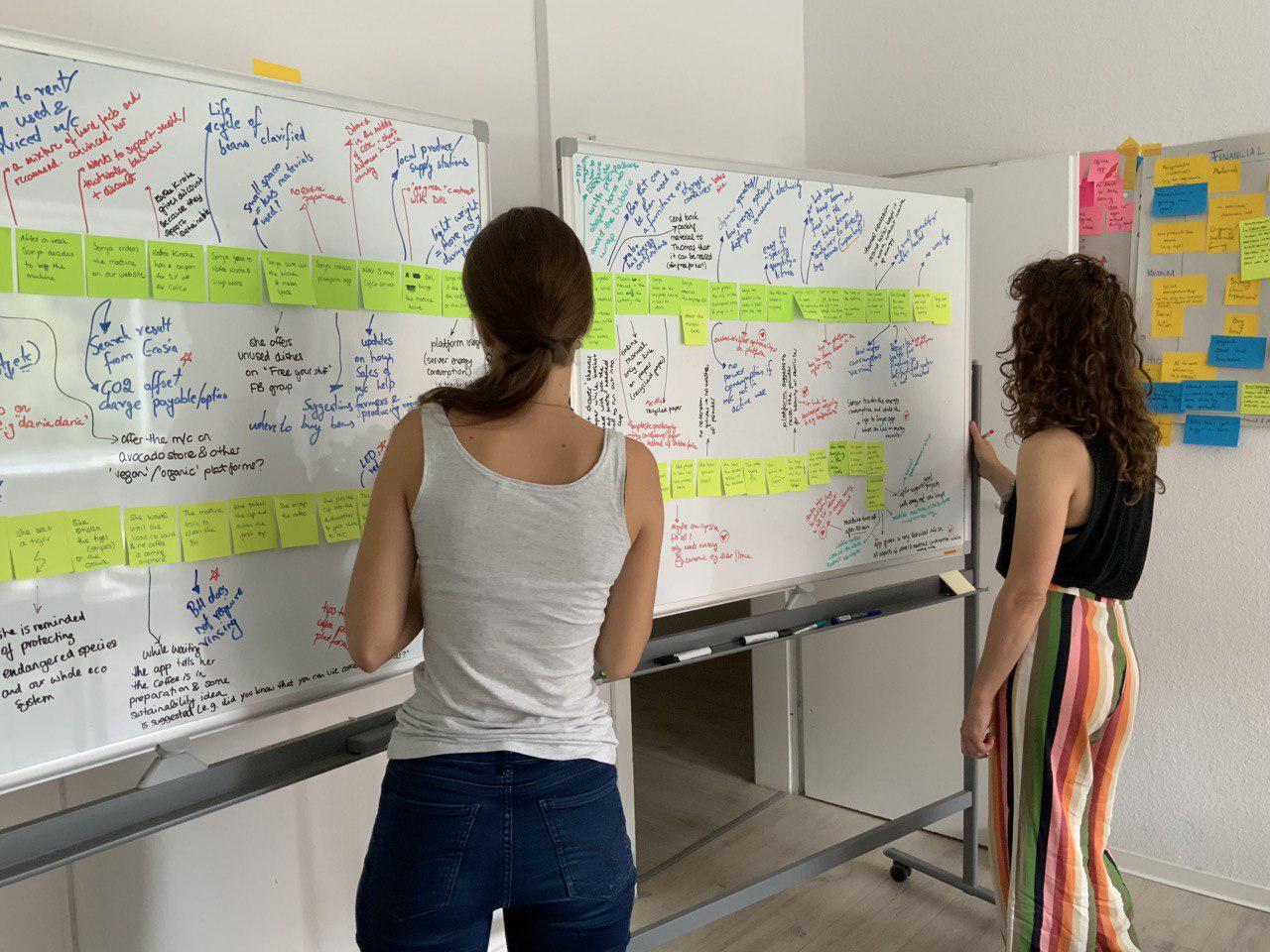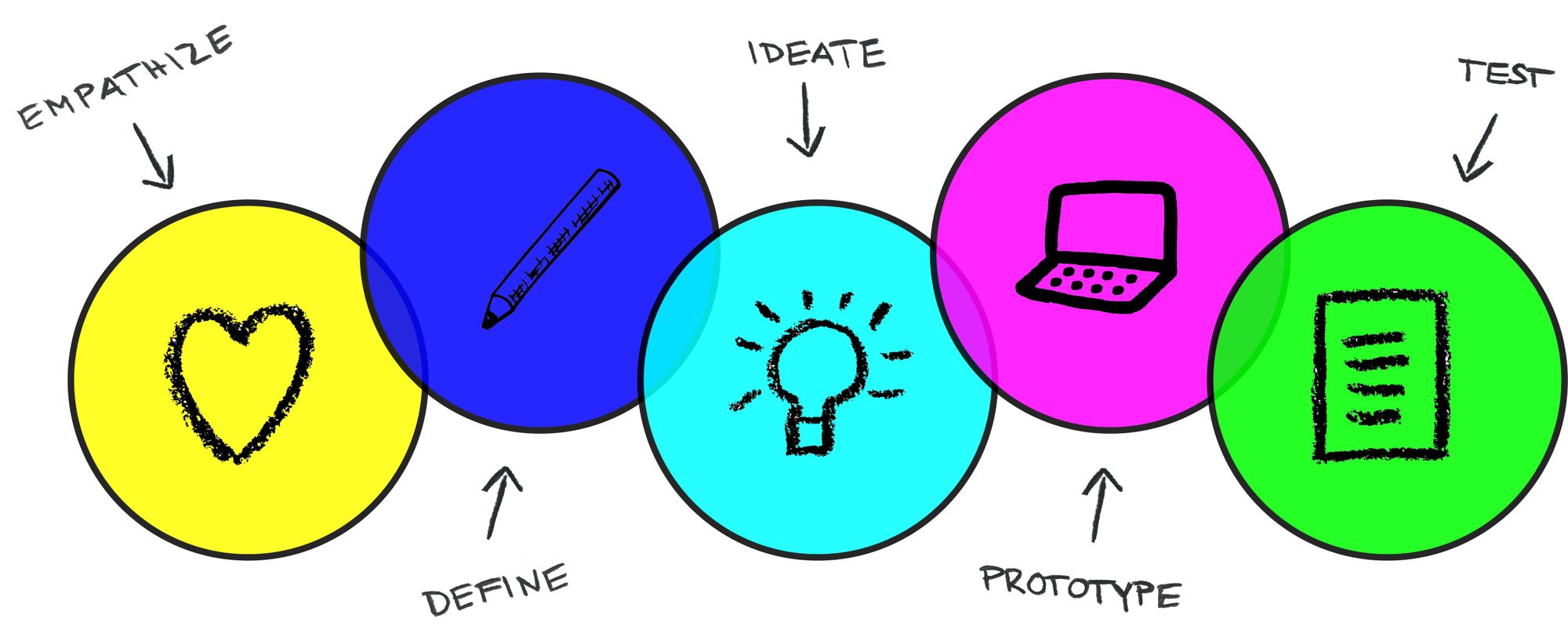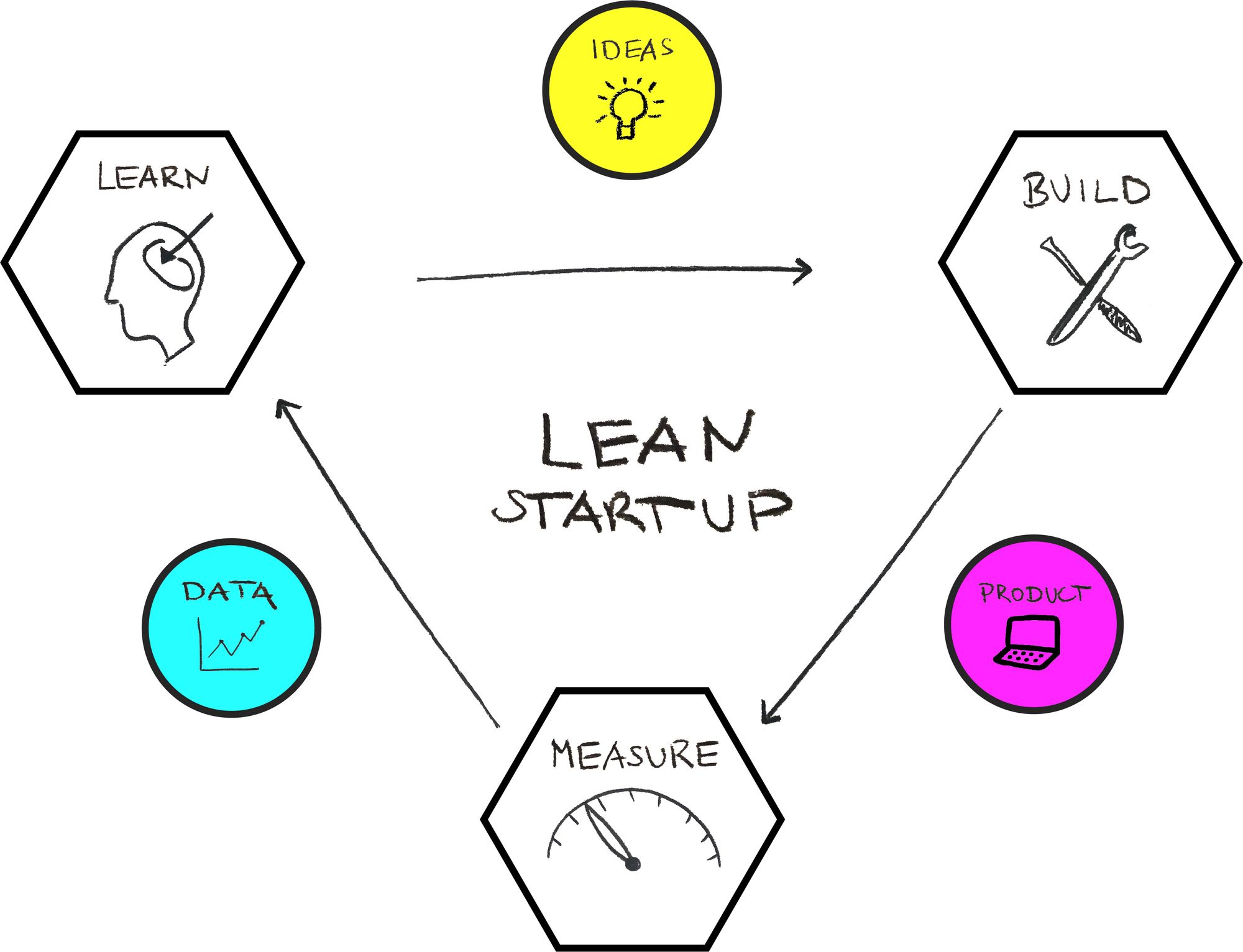For many people, especially those from the start-up scene, it seems self-evident that Pocket Reform is the result of an agile approach to work. How could such an innovative product be created in such a short time with such a small team, if not through agile working methods and iterative loops?
Many small companies work agilely, certainly without knowing it.
Since part of our team had already developed modular products together in the innovation department of a large medium-sized company before developing Pocket Reform, we know from our own experience that agile working and iterative loops are not a matter of course in product development, however.
Here we want to give a little insight into different methods and agile approaches and how we use them.
Iterative working is very useful for projects like Pocket Reform, whose requirements change constantly during the development process and it is not clear from the beginning how the implementation will take place.
Iterative working means working in loops. We don't aim for the perfect product from the outset, but develop various prototypes along the way in order to gather feedback from our users. This feedback in turn flows into the revised follow-up version of the prototype. Such iterations are a basic requirement of agile working.
Which methods do we use for Pocket Reform?
Design Thinking
Design Thinking and a user-centred approach are part of our basic repertoire. 3/4 of the team have a university background in Design Thinking, there is an HPI-trained Design Thinking coach among us and we all have years of experience in the practical implementation of this method.
Design Thinking is primarily a creativity technique for solving problems in an innovative way. Ideally, an interdisciplinary team works together, bringing different experiences, perspectives and opinions. The more diverse, the better.

In our case, an aerospace engineer, an industrial designer, a concept designer and communications scientist and strategist, a software and hardware developer and a fashion designer.
Developing Pocket Reform, we focus on the needs of our users, which is the basis of Design Thinking.
So the first question is not if the product is worthwhile and how much revenue will it bring us?
But rather, what do our users need and how can we help them?
The process can be divided into 5 phases:

1. Empathize
The first phase is about putting on the user's glasses and understanding what the problem is that needs to be solved. The aim is to ensure that the people involved in the process build a common understanding of the situation. But not only the problem, but also the users and their requirements for our product should be understood. A common way to find this out is through user interviews. At the beginning of the development of Pocket Reform, we conducted long, qualitative interviews with more than 30 people within our target group to find out what pain points and problems there are and what their needs are.
2. Define
The first phase has led to insights from which an overall picture of the problem to be solved emerges. This picture is defined as clearly as possible in this phase. For this purpose, we develop personas, i.e. individual target persons who could benefit from the solution to the problem, in our case a modular pocket computer. At the same time, the definition of the personas defines a first possibility space, which is necessary for the next step.
3. Ideate
Ideas, ideas, ideas - let it flow. Using different methods, we create many different ideas within the possibility space. All ideas, good or bad, have value as they are understood as creative stimulation that may be the basis of a next/other idea. Once we have collected enough ideas, they are sorted and evaluated. We pay attention to whether an idea really solves the problem, the implementation is feasible and the costs are not utopian. We prioritise the ideas and settle on one for the time being. We then move on to phase four with this one.
4. Prototype
We have now empathised with the user group, understood their problems and clearly defined them. Now we try to develop a real solution from the idea. We don't invest too much time in the development, because a prototype should not equal the finished product. Our prototype only needs to be developed to the point where our users can give feedback. At this stage, we already built many different prototypes of Pocket Reform, starting with cardboard ones, ending with a functional pocket computer.
5. Test
In the last phase of the Design Thinking process we test our prototypes with the users. The prototypes can still be very different from the actual end product. The important thing is the valuable feedback, which helps us to make the next version of the prototype even better.
After the test is finished, we go into the iteration phase and, depending on the feedback and the conclusions drawn from it, jump to a sensible point of the five Design Thinking phases. It may be that we have to start from scratch again to re-grasp the problem. But maybe small adjustments to the prototype are enough to develop a suitable solution.
In our development, we currently repeat phases four and five regularly and use our findings to improve the respective prototypes or build more to test other hypotheses. You can read more about our prototypes and how we use them here.
In addition to Design Thinking, there are other agile methods that regularly flow into our work, depending on where we are in our development and what we are currently implementing.
Lean Startup
The Lean Startup method according to Eric Ries is also an iterative method in which a solution to a problem is to be developed in several feedback loops. The overarching phases of the Lean Startup process are: Build, Measure and Learn.
But before the cycle starts, an (often risky) assumption is made. The focus here is not necessarily on the needs of the users, but on the product or service idea itself.

1. Build
In the first step, a product or service is developed on the basis of an assumption. First, an MVP (minimum viable product) or a prototype is built. Therefore, it is not a big deal if some features are still missing compared to the final product. However, the solution should be elaborated to the extent that it is clear to the potential users what the product can do.
2. Measure
The second phase of the process is to measure the success that the first solution approach achieves. Similar to the process of Design Thinking, the product is tested with the users and feedback is gathered. In this framework, it is necessary to define in advance what counts as success and failure. The data obtained provides clarity on what the solution is missing or where it needs to be improved.
3. Learn
Now that data has been obtained from the potential users, the learning process begins. Is the initial hypothesis confirmed or rejected? Does the problem defined at the beginning exist at all? The last step is also the first of the new cycle and can lead to completely new hypotheses. Depending on the results collected, the solution is now completely reoriented or only fine-tuned.
Design Sprint
The Design Sprint is a five-day process aimed at solving a complex challenge. It is based on the book "Sprint" by Jake Knapp and was developed at Google Ventures. We use the Design Sprints to develop a new product or to start a difficult project.
The Design Sprint addresses three problems:
- Teams often work with unclear goals because the project scope is constantly changing.
- There is a lack of solid data to make sustainable decisions. In meetings, therefore, participants get entangled in endless discussions and make decisions based on feelings.
- Product development cycles are usually so long that teams lose motivation over time.
Test before you develop
The core idea behind the Design Sprint is to develop and test new ideas before starting the development phase. Instead of laboriously developing a Minimum Viable Product (MVP), we use a learning prototype to collect data. The process is based on exercises and principles from Design Thinking and Lean Development. Work is done alone and in a team. Decisions are accelerated using democratic evaluation methods to shorten discussions.
What can Design Sprints be used for?
Testing new ideas: With a Design Sprint we can test ideas for new products in just one week and find out how good they are.
Improve features: Improve or discover new features for existing products and make them better.
Process innovation: Answer complex questions like How can we reduce the storage time of computers by 30%?
In order to achieve results quickly when problems arise, we often work on a sprint basis. This way we can test new ideas promptly and decide with direct feedback whether it is worth pursuing an idea further or whether we should devote ourselves to another idea.
Of course, it is more difficult to carry out classic 5-day sprints according to Knapp for hardware products, because prototyping often takes longer than in software or digital implementations. But there is also the possibility to get important insights and feedback from users with low-fidelity hardware prototypes. We have already used 3D printing, laser cutting and leftover materials from other start-ups in the MotionLab.Berlin to produce prototypes in a rapid process, which were very suitable for certain tests.
Teamwork - the foundation of any method
Agile working methods try to break up cumbersome workflows and keep product development flexible. Accordingly, the great advantage is that changes can be reacted to at short notice and bureaucratic processes are reduced.
Many working methods require self-determined and independent work. This requires flat to non-existent hierarchies without team leaders as well as short communication channels, which works very well for us as a small team and through the possibility of corresponding online tools.
Although agile working breaks through hierarchical structures, it still requires clear role assignments and areas of responsibility, because the methodology does not replace leadership qualities.
The foundation that is indispensable in agile methods is trust in the process and trust in the team and each individual member.
